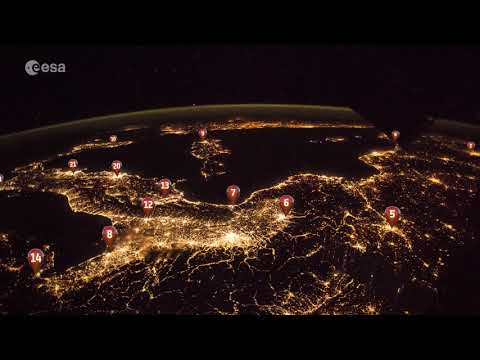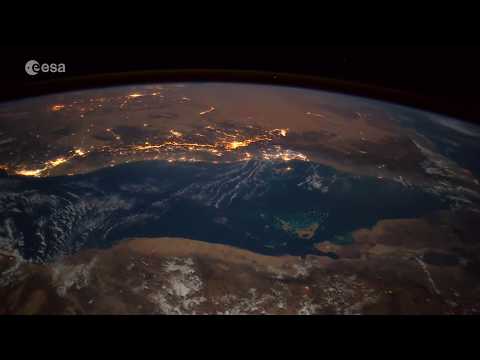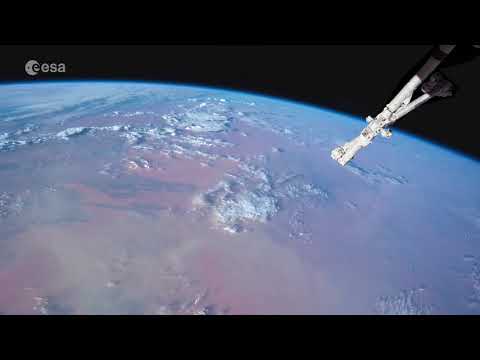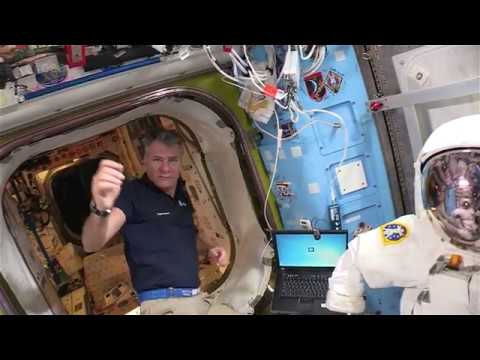On 20 August 2017, 919 photos were taken by ESA astronaut Paolo Nespoli to create this timelapse of the Aurora Australis at 25 frames per second.
Follow the VITA mission: http://blogs.esa.int/VITAmission/
Connect with Paolo via http://paolonespoli.esa.int
Camera info:
Follow the VITA mission: http://blogs.esa.int/VITAmission/ Connect with Paolo during his six-month Vita mission via http://paolonespoli.esa.int
More info:
Aperture Value: 2,971
Color Space: sRGB
Contrast: Normal
Custom Rendered: Normal process
Date Time Digitized: 20 Aug 2017 19:55:00
Digital Zoom Ratio: 1
Exif Version: 2.2.1
Exposure Bias Value: 0
Exposure Mode: Manual exposure
Exposure Program: Manual
Exposure Time: 1/0
File Source: DSC
Flash: No Flash
FNumber: 2,8
Focal Length: 16
Focal Length In 35mm Film: 16
Focal Plane Resolution Unit: centimeters
Focal Plane X Resolution: 1.368,889
Focal Plane Y Resolution: 1.368,889
Gain Control: High gain up
ISO Speed Ratings: 5.000
Lens Model: 16.0 mm f/2.8
Lens Specification: 16, 16, 2,8, 2,8
Light Source: unknown
Max Aperture Value: 3
Metering Mode: Pattern
Pixel X Dimension: 4.928
Pixel Y Dimension: 3.280
Saturation: Normal
Scene Capture Type: Standard
Scene Type: A directly photographed image
Sensing Method: One-chip color area sensor
SensitivityType: Recommended exposure index (REI)
Sharpness: Normal
Shutter Speed Value: 1/0
Subject Distance Range: unknown
Sub-second Time: 00
Sub-second Time Digitized: 00
Sub-second Time Original: 00
User Comment: NASA 2071135 77.8F
White Balance: Auto white balance
Image Number: 96.021
Lens ID: 52
Lens Info: 16, 16, 2,8, 2,8
Lens Model: 16.0 mm f/2.8





Leave a Reply